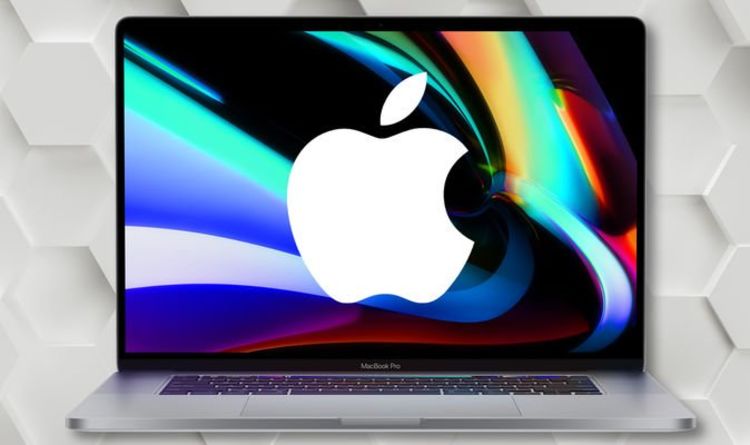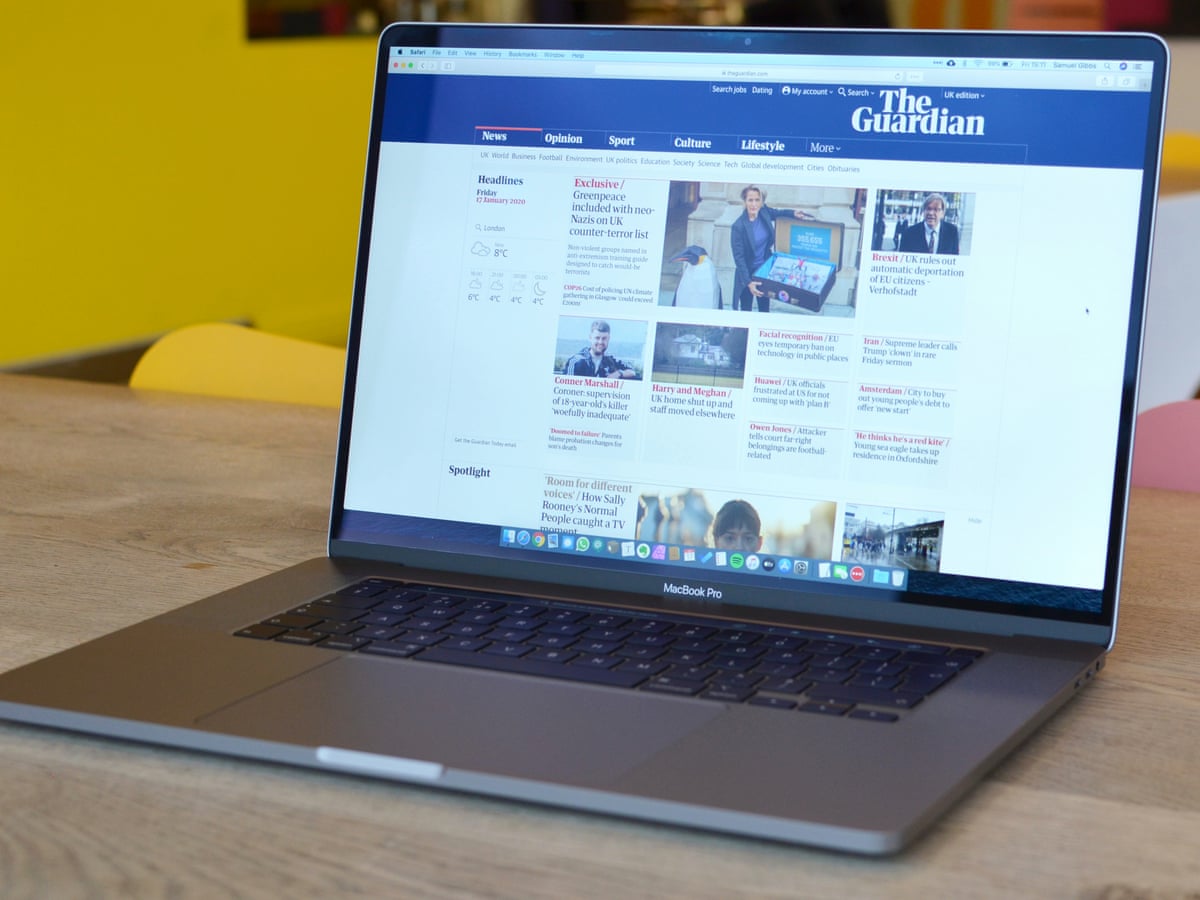New Version Of Macbook Pro
- New Version Of Macbook Pro
- Macbook Pro Versions List
- Apple Macbook Pro Versions
- New Macbook Pro 13
- Apple Macbook Pro Newest Version
Change your display's refresh rate
The 16-inch MacBook Pro has a Retina display with an adjustable refresh rate.
Jul 22, 2020.
Use the Touch Bar
- The 13' MacBook Pro features 2560 x 1600 resolution and the 15' MacBook Pro features 2880 x 1800 resolution, making the MacBook Pro ideal for professional photo and graphics work, as well as high-def movies and games. Whether you plan to use your MacBook Pro for work or school, the right software can make your life easier and more productive.
- Choose your new MacBook Pro. Select a size: 13-inch New 16-inch Can’t decide? We’re here to help. (Opens in a new window) Select a finish. Space Gray; Silver; New 1.4GHz Quad-Core Processor with Turbo Boost up to 3.9GHz 256GB Storage Touch Bar and Touch ID.
The Touch Bar shows you intuitive shortcuts and app controls when you need them.
Use Touch ID on MacBook Pro

With Touch ID on your MacBook Pro, you can quickly unlock your Mac and make purchases using your Apple ID and Apple Pay—all with your fingerprint.
Download facebook app mac. Mar 12, 2018. Feb 04, 2019.
Learn about Touch IDFind adapters for Thunderbolt 3 (USB-C) ports
If the cable from your external display, hard drive, camera, or other device doesn't connect to your Mac, you might need an adapter.
Learn about Thunderbolt 3
Use the Force Touch trackpad
New Version Of Macbook Pro


Learn about the Force Touch trackpad, its features, and how to use it.
Learn about Force Touch trackpadMacbook Pro Versions List
Check your startup security
Use Startup Security Utility to make sure that your Mac always starts up from your designated startup disk, and always from a legitimate, trusted operating system.
Learn about startup securityUse True Tone
True Tone makes the images on your Retina display appear more natural.
Apple Macbook Pro Versions
Learn about True ToneResources
Get AppleCare+ for Mac
With AppleCare+, you’re covered. Get accidental damage coverage and 24/7 priority access to Apple experts.
Have a question? Ask everyone.
The members of our Apple Support Community can help answer your question. Or, if someone’s already asked, you can search for the best answer.
Ask nowTell us how we can help
Answer a few questions and we'll help you find a solution.
Get supportApple Service Programs
Reinstall from macOS Recovery
macOS Recovery makes it easy to reinstall the Mac operating system, even if you need to erase your startup disk first. All you need is a connection to the Internet. If a wireless network is available, you can choose it from the Wi-Fi menu , which is also available in macOS Recovery.
1. Start up from macOS Recovery
To start up from macOS Recovery, turn on your Mac and immediately press and hold one of the following sets of keys on your keyboard. Release the keys when you see an Apple logo, spinning globe, or other startup screen.
Command (⌘)-R
Reinstall the latest macOS that was installed on your Mac (recommended).
Option-⌘-R
Upgrade to the latest macOS that is compatible with your Mac.
Shift-Option-⌘-R
Reinstall the macOS that came with your Mac, or the closest version still available.
You might be prompted to enter a password, such as a firmware password or the password of a user who is an administrator of this Mac. Enter the requested password to continue.
When you see the utilities window, you have started up from macOS Recovery.
2. Decide whether to erase (format) your disk
You probably don't need to erase, unless you're selling, trading in, or giving away your Mac, or you have an issue that requires you to erase. If you need to erase before installing macOS, select Disk Utility from the Utilities window, then click Continue. Learn more about when and how to erase.
3. Install macOS

When you're ready to reinstall macOS, choose Reinstall macOS from the Utilities window. Then click Continue and follow the onscreen instructions. You will be asked to choose a disk on which to install.
- If the installer asks to unlock your disk, enter the password you use to log in to your Mac.
- If the installer doesn't see your disk, or it says that it can't install on your computer or volume, you might need to erase your disk first.
- If the installer is for a different version of macOS than you expected, learn about macOS Recovery exceptions.
- If the installer offers you the choice between installing on Macintosh HD or Macintosh HD - Data, choose Macintosh HD.
Please allow installation to complete without putting your Mac to sleep or closing its lid. During installation, your Mac might restart and show a progress bar several times, and the screen might be empty for minutes at a time.
If your Mac restarts to a setup assistant, but you're selling, trading in, or giving away your Mac, press Command-Q to quit the assistant without completing setup. Then click Shut Down. When the new owner starts up the Mac, they can use their own information to complete setup.
macOS Recovery exceptions
The version of macOS offered by macOS Recovery might vary in some cases:
- If macOS Sierra 10.12.4 or later has never been installed on this Mac, Option-Command-R installs the macOS that came with your Mac, or the closest version still available. And Shift-Option-Command-R isn't available.
- If you erased your entire disk instead of just the startup volume on that disk, macOS Recovery might offer only the macOS that came with your Mac, or the closest version still available. You can upgrade to a later version afterward.
- If your Mac has the Apple T2 Security Chip and you never installed a macOS update, Option-Command-R installs the latest macOS that was installed on your Mac.
- If you just had your Mac logic board replaced during a repair, macOS Recovery might offer only the latest macOS that is compatible with your Mac.
New Macbook Pro 13
If you can't get macOS Recovery to offer the installer you want, you might be able to use one of the other ways to install macOS.
Apple Macbook Pro Newest Version
Other ways to install macOS
- You can also install macOS from the App Store or Software Update preferences. If you can't install macOS Catalina, you might be able to install an earlier macOS, such as macOS Mojave, High Sierra, Sierra, El Capitan, or Yosemite.
- Or create a bootable installer disk, then use that disk to install macOS on your Mac or another Mac.
